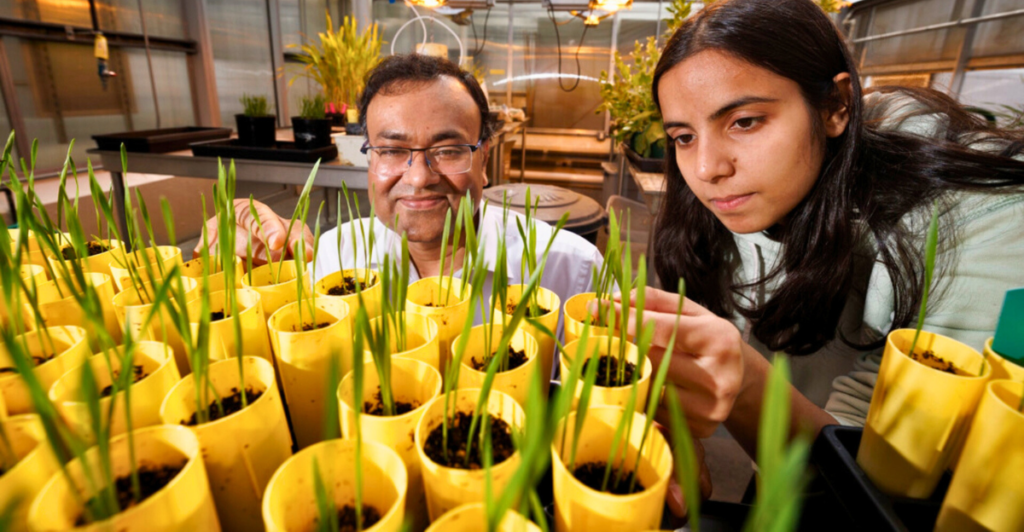
In the face of escalating climate challenges, researchers are exploring innovative solutions to enhance the natural abilities of plants to absorb carbon dioxide (CO2). With atmospheric CO2 levels having surged over 50% due to fossil fuel combustion in the last two centuries, the urgency for effective climate action has never been clearer. Recent studies suggest that by breeding super-plants with improved carbon-absorbing capabilities, we could significantly mitigate the impacts of climate change.
The Role of Plants in Carbon Absorption
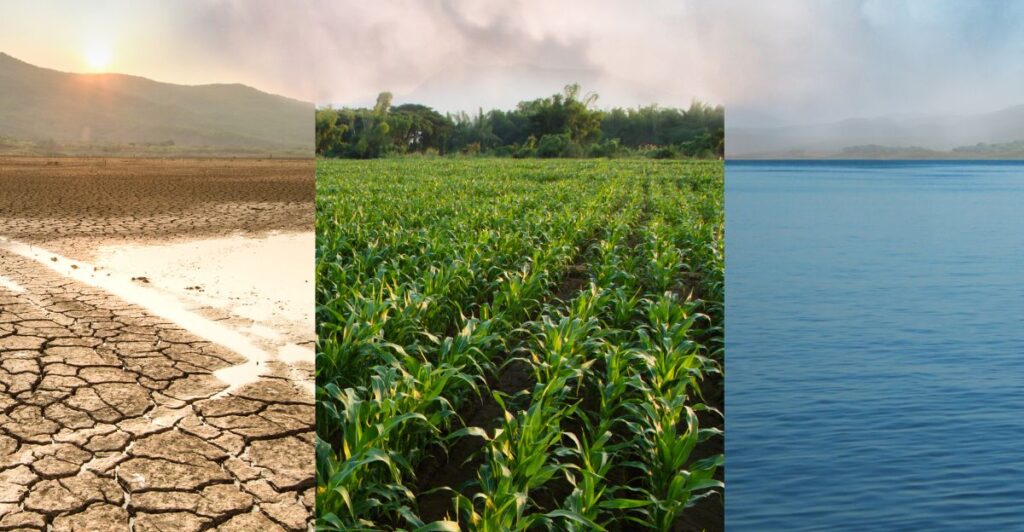
Plants play a crucial role in absorbing vast amounts of CO2, acting as a natural buffer against rising greenhouse gas levels. Each year, they remove billions of tons of CO2 from the atmosphere through photosynthesis, a process that converts sunlight into chemical energy while storing carbon in their roots, stems, and trunks. This natural process is vital for maintaining ecological balance and combating climate change.
Enhanced Photosynthesis: A Promising Approach
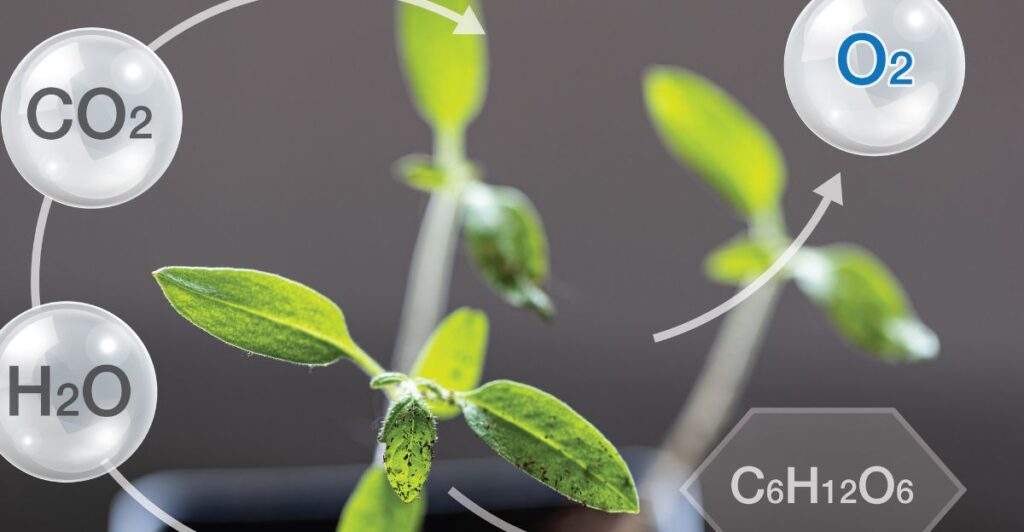
The concept of enhancing photosynthesis is at the forefront of research led by Dr. Wolfgang Busch and his team at the Salk Institute of Biology. Their “Harnessing Plants Initiative” (HPI) aims to develop crop varieties with superior carbon absorption capabilities. By focusing on staple crops such as wheat, rice, and corn, the initiative seeks to leverage existing agricultural practices to amplify carbon capture without compromising food production.
The Science Behind Carbon Capture
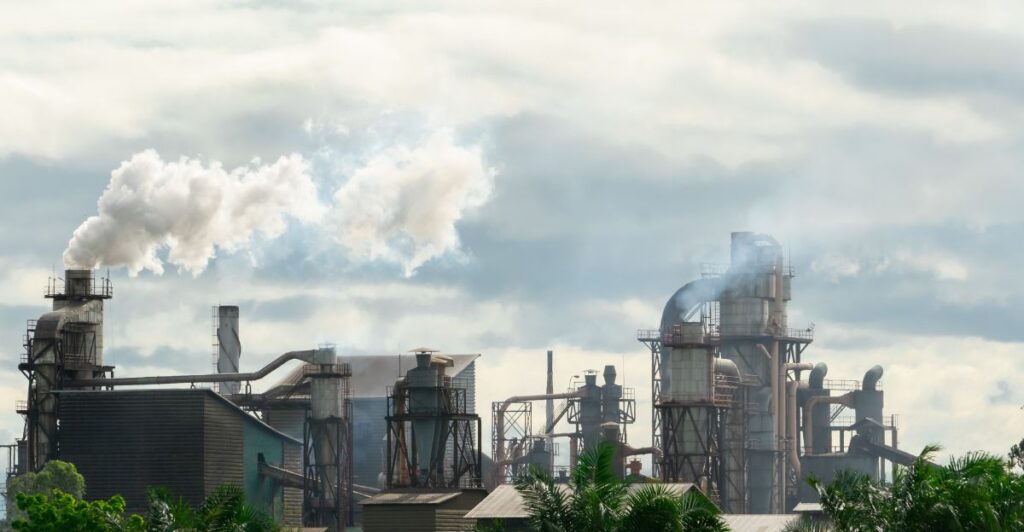
Dr. Busch emphasizes that addressing climate change requires both reducing CO2 emissions and improving strategies for drawing down atmospheric CO2. Current research highlights the need for plants to not only absorb more CO2 but also effectively transfer this carbon into the soil for long-term storage. The HPI team is investigating key traits related to plant roots—specifically size, depth, and suberin content—to enhance soil carbon retention.
Targeting Staple Crops for Maximum Impact
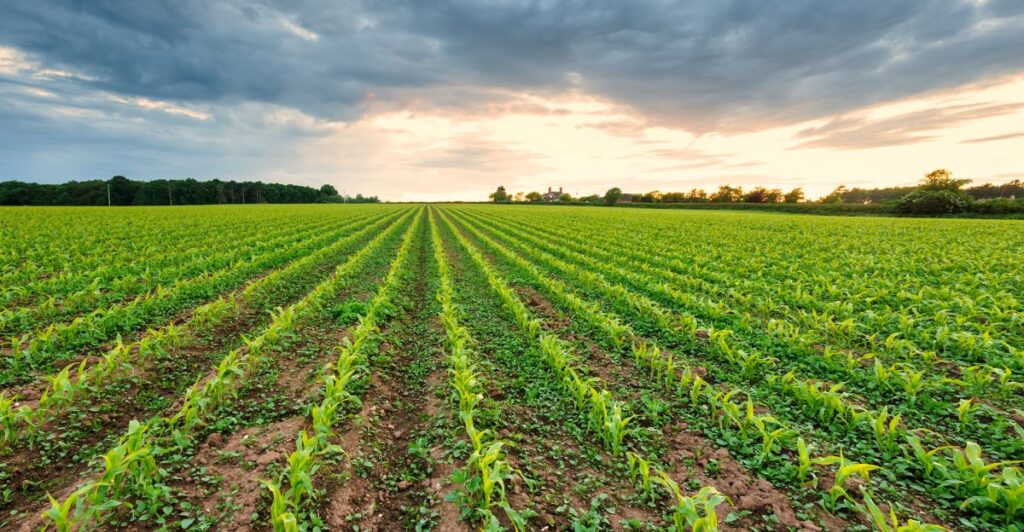
The decision to focus on staple crops is strategic; these plants are already widely cultivated globally. By improving their carbon-absorbing abilities, researchers aim to create a dual benefit: enhancing soil quality while addressing food security challenges posed by a growing global population. This approach aligns agricultural practices with climate mitigation efforts.
The Challenge of Carbon Emissions

Human activities release approximately 37 gigatons of CO2 into the atmosphere each year. While plants naturally absorb around 746 gigatons through photosynthesis, much of this carbon is released back into the atmosphere, resulting in a net absorption of approximately 19 gigatons annually. With an excess of 18 gigatons accumulating each year due to human contributions, enhancing plant capabilities even slightly could have a substantial impact on reducing atmospheric CO2 levels.
Financial Incentives for Adoption
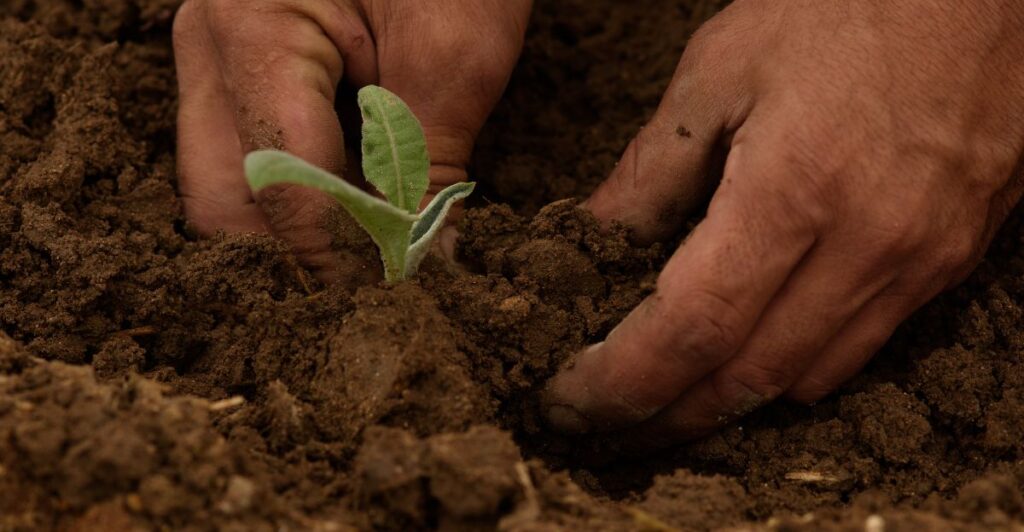
For the HPI’s success, financial incentives will be crucial in encouraging farmers to adopt these genetically enhanced crops. Establishing a viable link between carbon markets and agriculture will be essential for motivating farmers to implement these changes on a larger scale. Without economic support, the transition may face significant hurdles.
The Role of Technology in Monitoring Progress
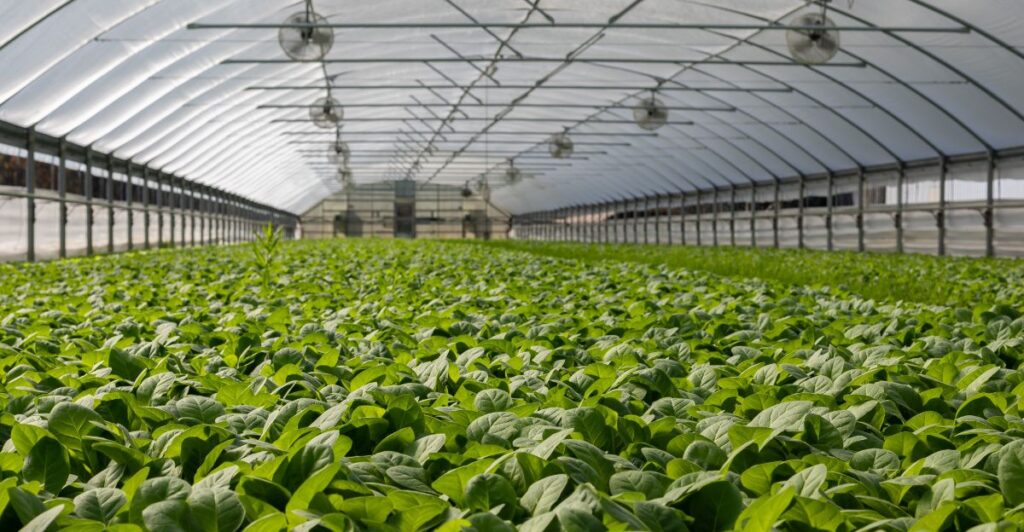
Advancements in technology are aiding researchers in tracking the progress of their initiatives. Tools utilizing artificial intelligence and deep learning are being employed to monitor root systems and assess the effectiveness of genetic enhancements. Early collaborations with seed distributors and farmers indicate promising potential for widespread adoption.
A Vision for the Future

Dr. Busch envisions a future where enhanced crops contribute significantly to climate mitigation efforts within 13 to 15 years. However, achieving this goal hinges on overcoming challenges related to crop yield maintenance and effective tracking of progress. The collaboration between scientists, farmers, and policymakers will be vital in realizing this vision.
Collaborative Global Efforts

While optimism surrounds these initiatives, Dr. Busch acknowledges that global warming is inevitable without immediate action. He stresses that collaborative efforts are necessary to limit temperature increases to between 1.5 and 2 degrees Celsius. The integration of scientific innovation with nature’s inherent abilities could pave the way for a sustainable future.
The Urgency of Action

As climate change continues to pose significant threats worldwide, the urgency for swift action becomes increasingly apparent. Dr. Busch’s statement that “it’s truly a minute before midnight” underscores the critical need for immediate and coordinated efforts across all sectors to combat this global crisis.
A Promising Venture
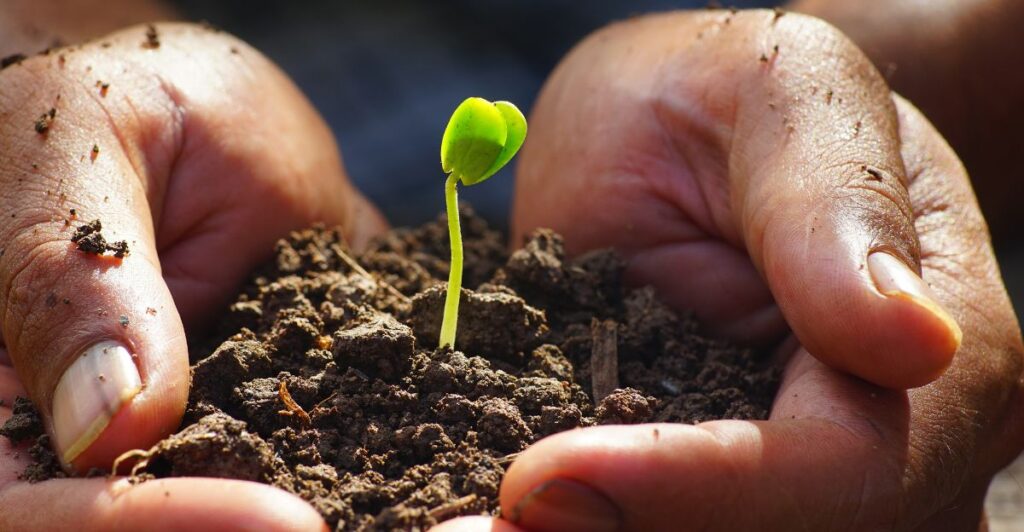
The exploration of super-plants represents a promising avenue in the fight against climate change. By harnessing nature’s capabilities through scientific innovation and collaboration, there exists potential not only for improved agricultural practices but also for significant advancements in carbon sequestration efforts.
The Path Forward

As researchers continue their work at institutions like the Salk Institute, they are not only aiming to enhance the carbon-absorbing abilities of plants but also to create a sustainable agricultural framework that benefits both the environment and food security. With the right support and commitment, these initiatives could lead to tangible solutions in addressing one of humanity’s most pressing challenges: climate change.
Discover more of our trending stories and follow us to keep them appearing in your feed

Climate Change Overestimated? New Data Shows Oceans Are Cooling The Planet Faster Than Predicted
Glacier Experts Uncover Critical Flaw in Sea-Level Rise Predictions
“There Will Be Eruptions”: Concerns Mount as Yellowstone Supervolcano Activity Shifts
Bobcats Are Making a Comeback—And They Might Be Protecting Us From Disease
References:
Reference 1
Reference 2
Reference 3
This article first appeared here
Stay connected with us for more stories like this! Follow us to get the latest updates or hit the Follow button at the top of this article, and let us know what you think by leaving your feedback below. We’d love to hear from you!







